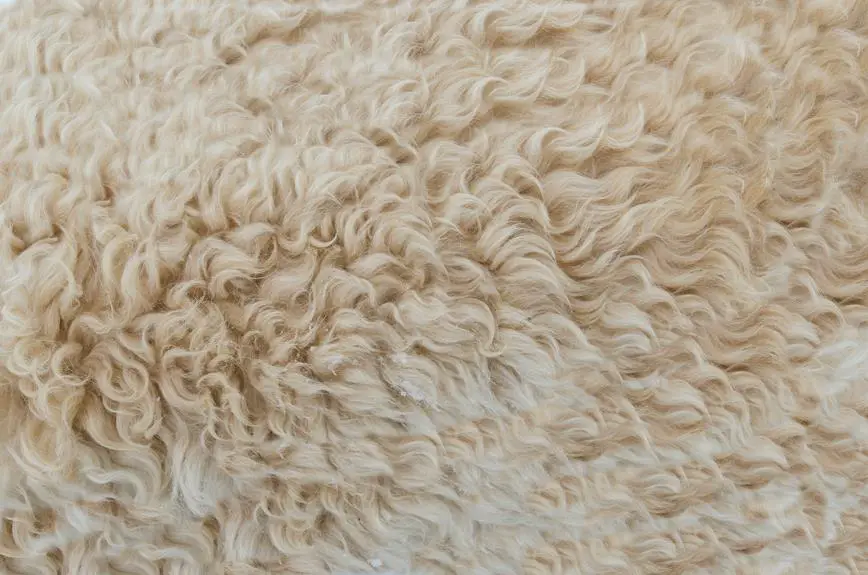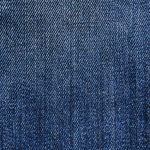When you're working on a tailored suit, you might be faced with the choice between twill and herringbone fabric patterns. Both offer unique characteristics and visual appeal, but which one is better for your specific project?
In this guide, we'll explore the qualities of twill and herringbone patterns, their advantages, and when each is best suited for different projects. By understanding the intricacies of these fabric patterns, you'll be able to make an informed decision and elevate the quality of your craftsmanship.
Let's delve into the world of twill and herringbone to determine which fabric pattern will best suit your next project.
Key Takeaways
- Twill fabric pattern is recognizable by its diagonal parallel ribs and is popular in the textile industry.
- Twill fabric is versatile, strong, and durable, making it suitable for long-lasting projects.
- Herringbone fabric pattern has a V-shaped weaving structure, adding sophistication and elegance to clothing and interior spaces.
- Herringbone fabric is durable, resilient, and adds visual interest and texture to clothing and home decor.
Understanding Twill Fabric Pattern
Understand the twill fabric pattern by recognizing its distinct diagonal weave structure and its durability.
Twill fabric is woven in a way that creates a diagonal ribbed pattern, known as the twill line. This weaving technique gives the fabric a unique appearance and texture, making it a popular choice in the textile industry for its versatility and strength. Unlike other weaving patterns, twill fabric is easily recognizable by its diagonal parallel ribs. This distinct feature sets it apart from plain weaves and satin weaves.
Twill fabric is often used to create the classic herringbone pattern, a design that has been a staple in fabric design and fashion trends. The herringbone pattern, characterized by its V-shaped weaving structure, adds a touch of sophistication and elegance to any garment or home textile. Its timeless appeal has made it a favorite among designers and consumers alike.
Understanding the intricacies of twill fabric and its weaving techniques can greatly enhance your mastery of the textile industry. Whether you're a fashion enthusiast, a designer, or someone with a keen interest in fabric patterns, delving into the world of twill fabric opens up a world of possibilities for creativity and innovation.
Exploring Herringbone Fabric Characteristics
Why should you consider herringbone fabric for your project?
Herringbone fabric is a timeless and versatile choice that can add a touch of sophistication to any project. One of the key characteristics of herringbone fabric is its durability. The unique V-shaped weaving pattern of herringbone not only adds visual interest but also contributes to the fabric's strength and resilience, making it a practical option for projects that require longevity and wearability.
In terms of fashion trends, herringbone fabric has consistently been a popular choice in both classic and contemporary styles. Its distinctive pattern adds a touch of elegance and texture to clothing, making it a favored option for tailored suits, coats, and skirts.
Beyond clothing, herringbone fabric is also commonly used in home decor, such as upholstery and drapery, adding a refined and sophisticated look to interior spaces.
Whether you're considering herringbone fabric for clothing, accessories, or home decor, its durability and timeless appeal make it a compelling choice for a wide range of projects.
Advantages of Twill Over Herringbone
Considering the versatility and durability of herringbone fabric discussed previously, you may find the advantages of twill fabric equally compelling for your project. Twill fabric offers exceptional durability, making it a popular choice for a wide range of projects. Let's delve into the advantages of twill over herringbone in the table below:
| Advantages of Twill Over Herringbone | Description |
|---|---|
| Superior Durability | Twill fabric's unique weave creates a strong and sturdy material that can withstand frequent use and washing. Its diagonal patterns contribute to its resilience, making it an excellent choice for long-lasting projects. |
| Versatile Usage | Twill's durability and flexibility make it suitable for a variety of projects, including clothing, upholstery, and accessories. Whether you're creating a durable work apron or a stylish blazer, twill fabric can meet your needs. |
| Easy Maintenance | This fabric is relatively low-maintenance, as its tight weave prevents wrinkles and creases. Additionally, twill is known for its resistance to stains, making it an excellent choice for everyday use. |
As you can see, twill fabric presents distinct advantages over herringbone, especially in terms of durability and versatility. Whether you're crafting a long-lasting garment or durable home decor, twill fabric is a reliable choice for your project.
Benefits of Herringbone for Specific Projects
Herringbone fabric offers distinct benefits for specific projects, providing a classic and elegant pattern suitable for a variety of applications. When considering interior design and flooring, herringbone patterns can add a touch of timeless sophistication to your space. In fashion, particularly menswear, herringbone fabric can elevate the overall look and feel of garments, making them stand out with a sense of refined style.
Here are some specific benefits of herringbone for different projects:
- Interior Design and Flooring: Herringbone patterns bring a sense of depth and visual interest to interior spaces, making them ideal for flooring applications. The distinctive V-shaped weaving creates a visually appealing and dynamic surface that can transform any room into a statement space.
- Fashion, Menswear: When it comes to menswear, herringbone fabric adds a touch of elegance and class. The unique pattern can elevate suits, blazers, and coats, giving them a sophisticated and distinguished appearance that's both timeless and versatile.
- Textile Accessories: Herringbone fabric is also well-suited for crafting accessories such as bags, scarves, and ties. The pattern adds a touch of understated luxury to these items, making them perfect for both formal and casual occasions.
- Home Furnishings: From throw pillows to upholstery, herringbone fabric can bring a sense of refinement and sophistication to various home furnishings, adding a touch of classic charm to living spaces.
Choosing the Right Pattern for Your Project
When selecting the appropriate pattern for your project, consider both the twill and herringbone fabric options for their distinct characteristics and suitability.
Start by evaluating the nature of your project. If you're working on a formal or structured piece, herringbone might be the ideal choice due to its sophisticated and intricate look. On the other hand, if your project requires a more casual or relaxed vibe, twill could be the way to go, offering a versatile and durable option.
Another consideration is the scale of the pattern. Herringbone typically features a more pronounced and eye-catching pattern, whereas twill tends to have a subtler, more understated appearance. This could influence your decision based on the visual impact you want your project to have.
Additionally, think about the drape and texture you desire for your project. Herringbone often has a denser and more textured feel compared to twill, which has a smoother and softer touch.
These fabric pattern considerations should guide you in making the right choice for your project.
Frequently Asked Questions
Can Twill and Herringbone Patterns Be Used Interchangeably in All Projects?
Yes, twill and herringbone patterns can be used interchangeably in many projects, but their suitability depends on the specific design and texture you want to achieve. Understanding the differences will help you make the best choice.
What Are the Differences in the Production Process Between Twill and Herringbone Fabrics?
In the production process, twill and herringbone fabrics differ in their textile weaving techniques. Twill involves a diagonal pattern formation, created by weaving process, while herringbone has a distinct V-shaped pattern, influencing fabric design and construction.
Are There Any Specific Care Instructions for Maintaining the Integrity of Twill and Herringbone Fabrics?
To maintain the integrity of twill and herringbone fabrics, follow specific care instructions. Regularly clean to prevent stains and extend fabric durability. Consider dry cleaning for delicate items. Proper maintenance tips ensure your fabrics stay in top condition.
How Do Twill and Herringbone Patterns Affect the Drape and Movement of the Fabric?
When considering drape and movement, fabric construction plays a crucial role. Twill patterns offer a smooth, diagonal weave, providing excellent drape and flexibility. Herringbone, with its zigzag design, offers more structure and less fluid movement.
Are There Any Historical or Cultural Significances Associated With Twill and Herringbone Patterns?
Historical significance and cultural associations with twill and herringbone patterns are rich. Both have been used for centuries in various cultures, symbolizing different things. Understanding these connections can add depth to your fabric choices.
- Understanding the Absorbency of Different Nonwoven Fabrics - July 12, 2025
- How Are Nonwoven Medical Gowns Made? - July 12, 2025
- The Complete Guide to Nonwoven Abrasives - July 12, 2025







